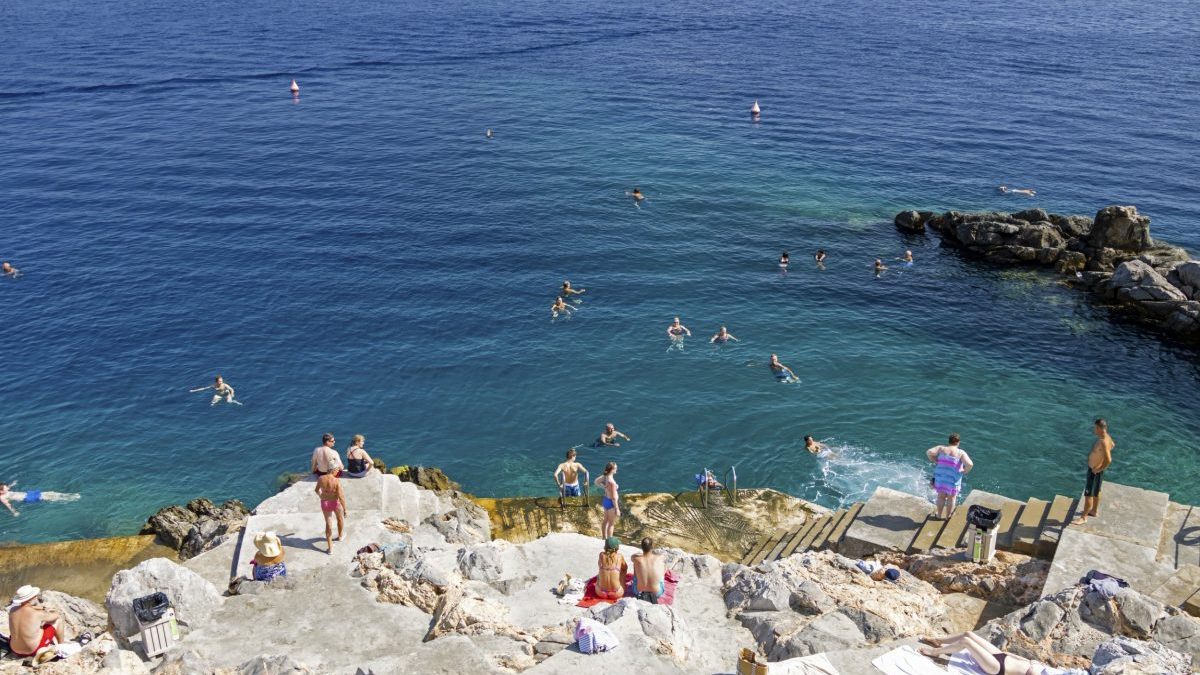When the summer heat cranks up, these are the holiday spots that offer a refreshing retreat
It is customary for many European cities to effectively pull down their shutters in August as residents depart for their annual summer escape. With increasingly acute summer hot spells becoming the norm across the continent, more city-dwellers are looking to escape their urban hot spots for cooler climes in mountains and forests or on coasts.
Whether it’s swapping the streets of Madrid for walks along the windswept beaches of Galicia, or foregoing Berlin in favour of a paddle along the shaded waterways of the Spreewald region, these getaways offer more than just cooler weather. They are a chance to travel slowly and explore regions often overlooked by international visitors.
From Portugal’s northern highlands to Greece’s island escapes, here are seven spots where locals like to go when the heat cranks up.
Brittany, France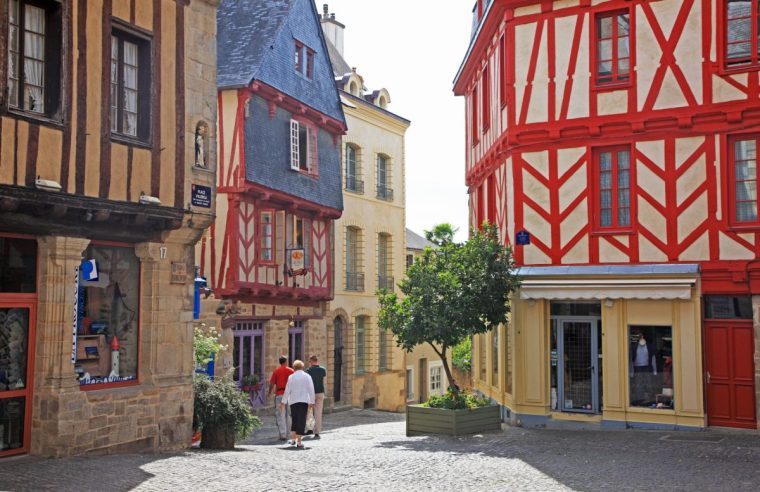 The wooden homes of Morbihan, Vannes
The wooden homes of Morbihan, Vannes
(Photo: Hiroshi Higuchi/Getty/The Image Bank RF/Hiroshi Higuchi)
While some Parisians head south-east in summer to cool off by Lake Annecy in the Haute-Savoie, many choose to head west and beat the heat in Brittany, where temperatures reach comfortable highs of about 22°C in August.
One of the area’s biggest draws is Morbihan, where you can island-hop around the Gulf of Morbihan – an almost entirely enclosed natural harbour – and explore its shoreline on foot or by bike. There are also the sandy beaches of the Rhuys Peninsula and the picturesque old town of Vannes to wander.
Further north, Pont-Aven is best known for its ties to the painter Paul Gauguin, who incorporated some of the picturesque town’s many watermills into his works, some of which can be seen on display at the Musée de Pont-Aven.
How to do it: Brittany Ferries sails to Roscoff and St-Malo, both a couple of hours’ drive from Vannes and Pont-Aven. On the outskirts of Vannes’ historic centre, Hôtel Oceania has room-only doubles from €71, oceaniahotels.com
Galicia, Spain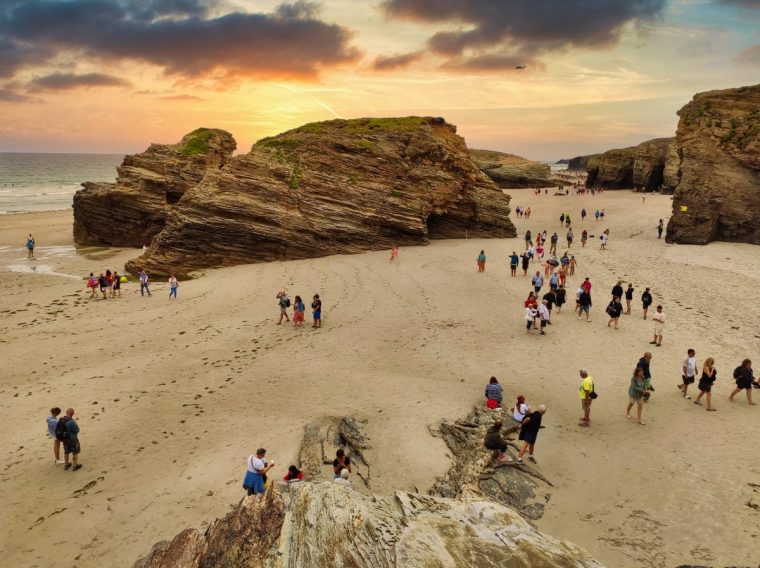 Praia das Catedrais in Ribadeo (Photo: IMAG3S/Getty/iStock Editorial)
Praia das Catedrais in Ribadeo (Photo: IMAG3S/Getty/iStock Editorial)
“When the summer heat sets in, many Madrileños look north for a refreshing change of pace,” says Manuel Butler, the director of the Spanish Tourist Office. “Two of the most popular escapes are the regions of Galicia and the Basque Country, where lush green landscapes, rugged coastlines and a cooler Atlantic climate offer a different side of Spain.”
Galicia, in Spain’s north-western corner, is home to the pilgrimage site of Santiago de Compostela and the city can get busy in summer, but if you fancy a spiritual experience of a different kind, head to Praia das Catedrais (Beach of the Cathedrals) to admire the natural stone arches and caves.
And in nearby Corrubedo Natural Park you can spot birds, admire the shifting sands of Galicia’s largest dune and kick back on Ladeira beach.
How to do it: Fly to Santiago de Compostela with Ryanair or Vueling. Cabaninas de Bosque, about a 40-minute drive away in mountainous Outes, has tree-houses from €320 (£278) for two nights. They are air-conditioned and have their own terraces; some have hot tubs, cabanitasdelbosque.com
Abruzzo, Italy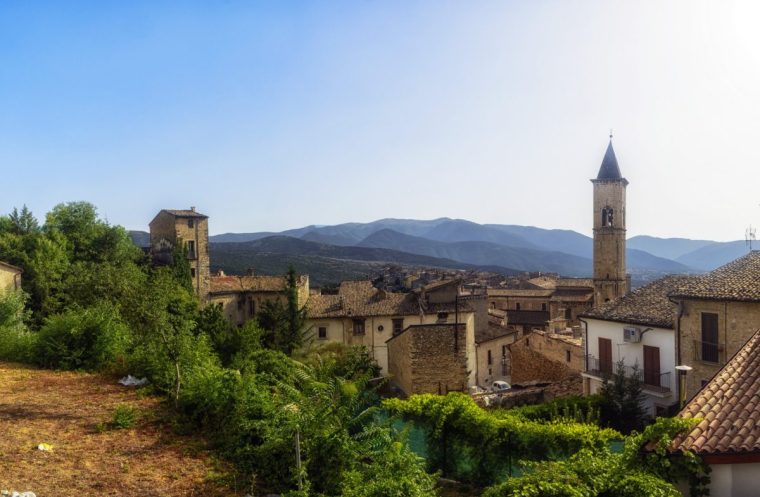 The medieval village of Pacentro in the province of L’Aquila, Abruzzo (Photo: Piero M. Bianchi/Getty/Moment RF)
The medieval village of Pacentro in the province of L’Aquila, Abruzzo (Photo: Piero M. Bianchi/Getty/Moment RF)
Lazio – the region that Rome calls home – has plenty of beaches for the city’s day-trippers and long-weekenders, including Fregene, Santa Severa and Sabaudia. But when the mercury soars, many Roman holidaymakers also like to head for the hills.
“Rome’s residents like nature and try to escape the crowds; this is why many head to mountainous areas, including the nearby Abruzzo region,” says Angela Corrias, a journalist and travel designer based between Rome and Sardinia.
Majella National Park protects a huge area of high mountains in the Abruzzo Apennines and is dotted with karst rock formations, caves and hidden hermitages. There is also a network of hiking routes, wildlife (keep an eye out for Appenine wolves) and a scenic railway.
How to do it: SloWays offers a self-guided Majella walking tour from £704pp including six nights’ accommodation, breakfasts and some other meals, plus luggage transfers, route maps and insurance. Fly to Rome Fiumicino or Ciampino, from where it’s two trains and a bus to Pretoro, where the tour starts, sloways.eu
Hydra, Greece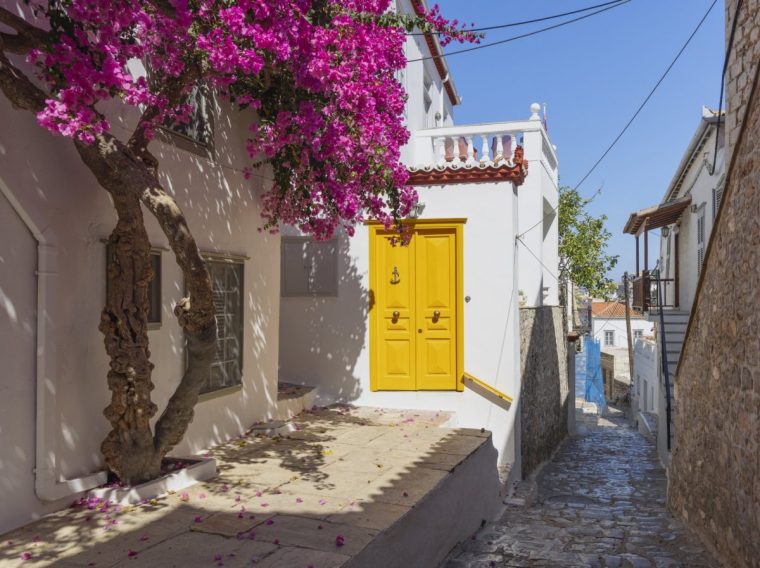 The lanes of Hydra (Photo: Thanasis Zovoilis/Getty/Digital Vision)
The lanes of Hydra (Photo: Thanasis Zovoilis/Getty/Digital Vision)
With the Greek capital recording highs of 41°C this month, many Athenians are swapping the city for other parts of Greece, where the temperature is lower by even just a few degrees.
“As an Athenian, I usually return to my parents’ home village for summer escapes,” says Eleni Skarveli, the director of the Greek National Tourism Organisation UK & Ireland.
“But the Greek islands within two hours of Athens by speedboat – such as Andros, Kea, Tinos, Hydra and Spetses – are especially popular for long weekend getaways.”
Hydra is car- and bicycle-free, meaning that all exploring is done either on foot, by boat, while mules are often used to carry bags around the island.
Beaches tend to be rocky or pebbly, but are no less attractive for it; at Hydronetta, in the island’s north, sunbathers recline on cement platforms atop craggy rocks, with steps down to the clear water and up to a beach bar.
Alternatively, take a boat to the tiny nearby island of Agios Nikolaos and spend the day at its beautiful curve of pebble beach.
In Hydra Town, Hydraic architecture includes whitewashed houses and mansions that reflect the island’s prosperity in the 18th century, with references to both classic Greek and Mediterranean styles. Some have been converted into public institutions, including the National Historical Museum.
How to do it: High-speed ferries take 90 minutes from Piraeus, near Athens. Accommodation leans towards self-catering, such as Lisa’s Traditional House. The pretty, two-bedroom house with a courtyard garden costs from £312 a night via booking.com
Norte, Portugal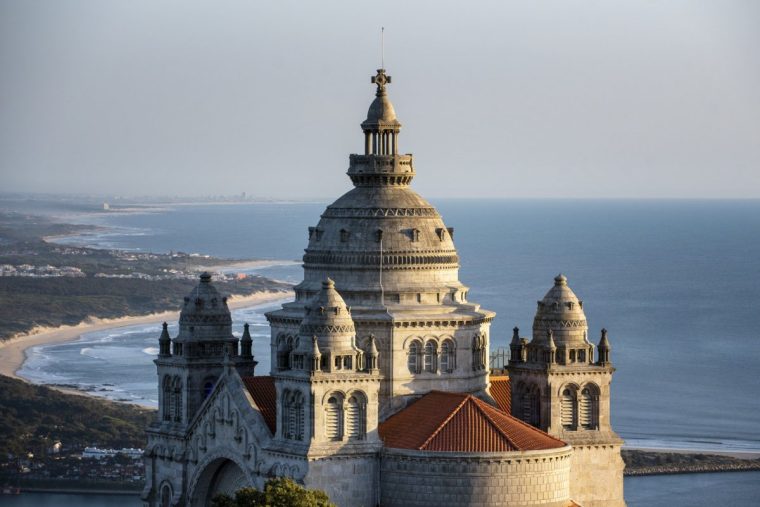 The Sanctuary of Saint Lucia (Photo: Carmen Martinez Torron/Getty/Moment RF)
The Sanctuary of Saint Lucia (Photo: Carmen Martinez Torron/Getty/Moment RF)
“Most people try to make the most of summer by hitting the beach – but if you’re looking to escape the heat, your best bet is to head to the mountains,” says Lisbon-based travel writer Joana Taborda. She suggests Gerês and Viana do Castelo, both in the Norte region, where “the temperatures are cooler for most of the year”.
Peneda-Gerês National Park, to give it its full name, is Portugal’s only national park, criss-crossed with walking trails that take in the peaks, valleys and forest.
There are also waterfalls, as well as popular river beaches – with organised facilities – and lakes in which you can take a dip, plus remote, rural villages.
The beautiful riverside city of Viana do Castelo, meanwhile, is an enticing mishmash of medieval old town, 19th-century boulevards, rococo palaces and the hilltop, neo-Byzantine Santa Luzia church – plus plenty of beaches within easy reach.
How to do it: Caminos offers a 10-night Discover North Portugal self-drive tour, taking in Gerês and Viana do Castelo, as well as the Douro Valley, from £1,200pp including car hire and accommodation with breakfast, caminos.co.uk
Spreewald, Germany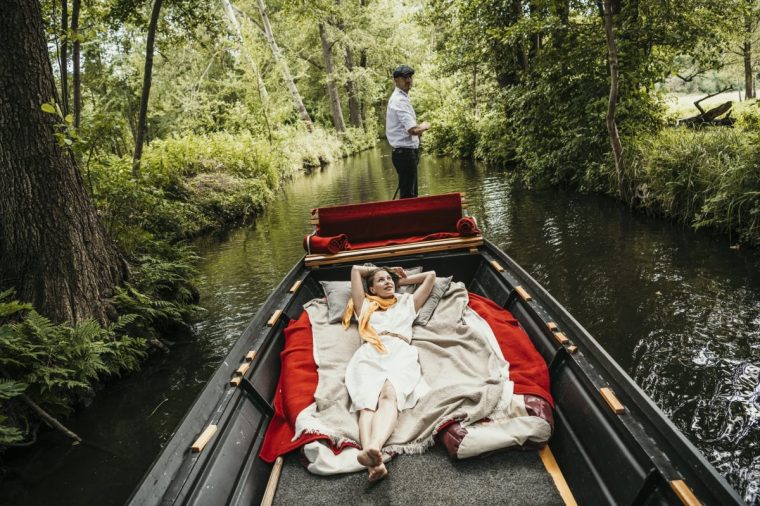 Enjoy Germany’s waterways (Photo: Westend61/Getty/Westend61/Malte Jäger)
Enjoy Germany’s waterways (Photo: Westend61/Getty/Westend61/Malte Jäger)
About an hour’s drive south of Berlin, the Spreewald is a lush, Unesco Biosphere Reserve that has been described as a “Green Venice”.
City residents escape here in the summer to meander around its 1,000km labyrinth of waterways by boat and look out for wildlife including otters, cranes and dragonflies.
Motorised boats are frowned upon, so barges and gondolas are the way to go, with water tours from Lübbenau travelling into the Hochwald forest, at the region’s heart, perhaps stopping at an isolated restaurant along the way.
Alternatively, you can hire a boat, or rent a bike to explore.
How to do it: The train from Berlin to Lübbenau takes around an hour. Hotelanlage Starick offers basic doubles from €119 (£103), spreewald-starick.de
Black Sea region, Turkey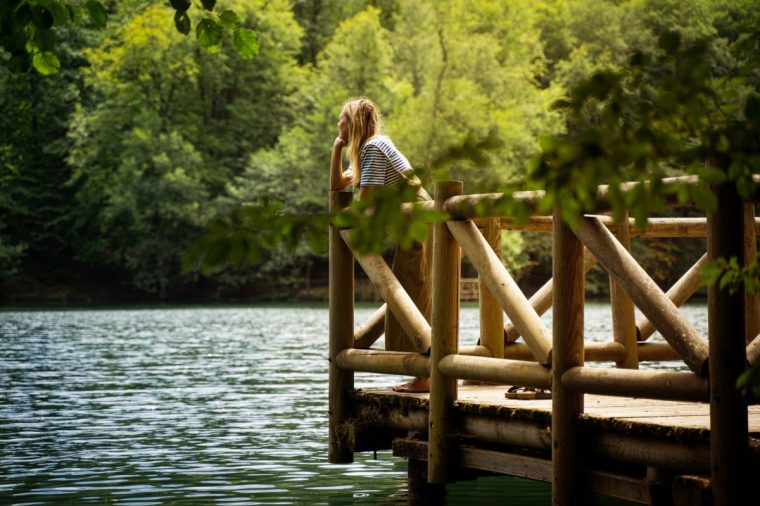 A lake in Yedigoller National Park (Photo: flyparade/Getty Images)
A lake in Yedigoller National Park (Photo: flyparade/Getty Images)
Flanked by mountains on one side and the sea on the other, Turkey’s northern Black Sea region is a favourite summer escape for inhabitants of Istanbul that’s steeped in history and local traditions. And, with summer highs of about 26°C, it is a cooler and more verdant alternative to the Mediterranean coast, which tends to be several degrees hotter.
Four hours’ drive east of Istanbul, the city of Bolu is one of the region’s westernmost areas and serves as the jumping-off point for Yedigöller National Park, with its lush forests, seven lakes and wilderness campsites, as well as hiking and biking trails. Forest-backed beaches are a couple of hours north.
Also nearby are the handsome mountain town of Mudurnu and spring-fed Lake Abant, surrounded by fir and pine trees. Down in the valley, meanwhile, is Göynük – an Ottoman town full of handsome period architecture and dotted with centuries-old plane trees.
How to do it: Abant Aden Boutique Hotel and Spa, in a verdant area between Bolu and Lake Abant, has B&B from 5,700 TRY (£105), abantadenhotel.com. Fly to Istanbul with airlines including Wizz Air, easyJet and Pegasus, and on to Bolu by car or FlixBus coach.
